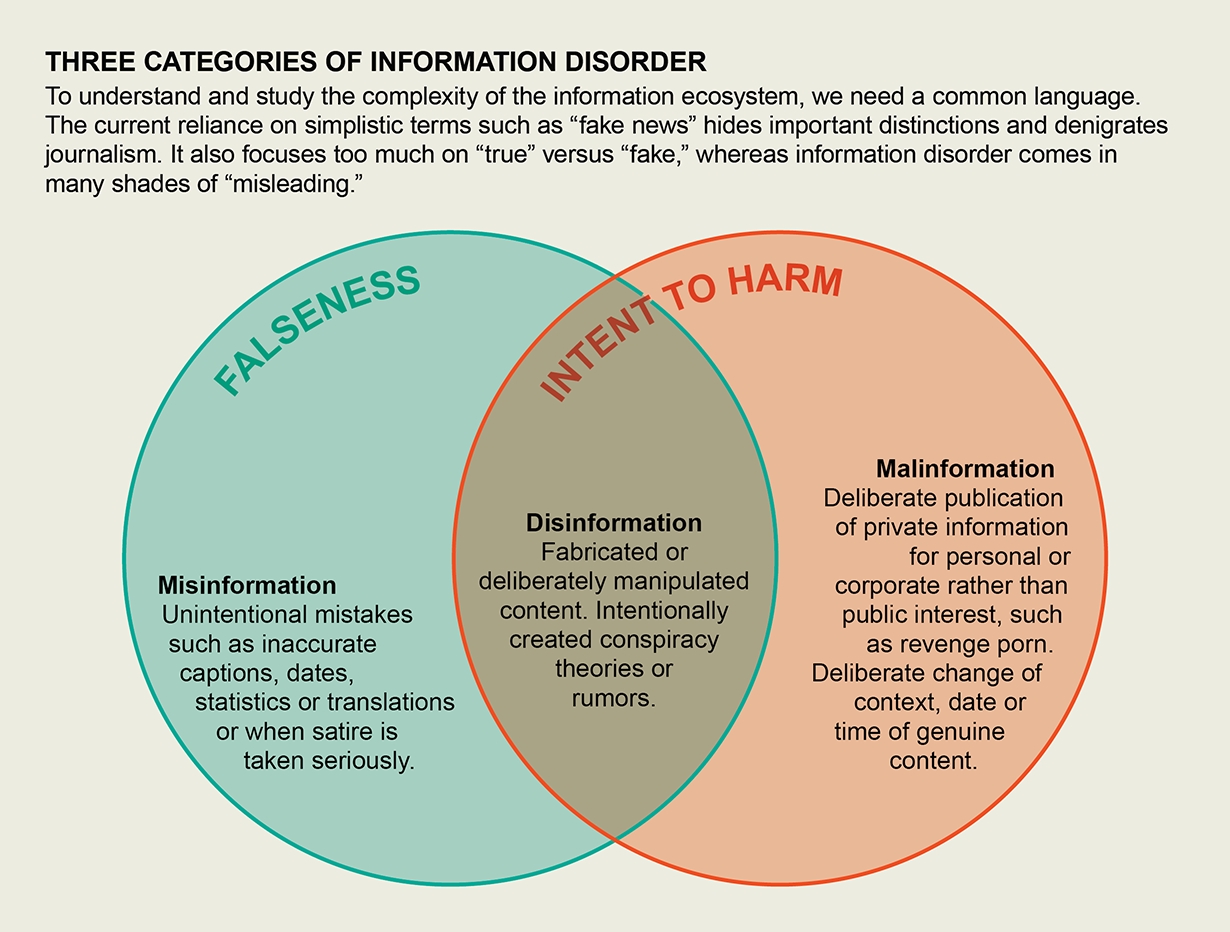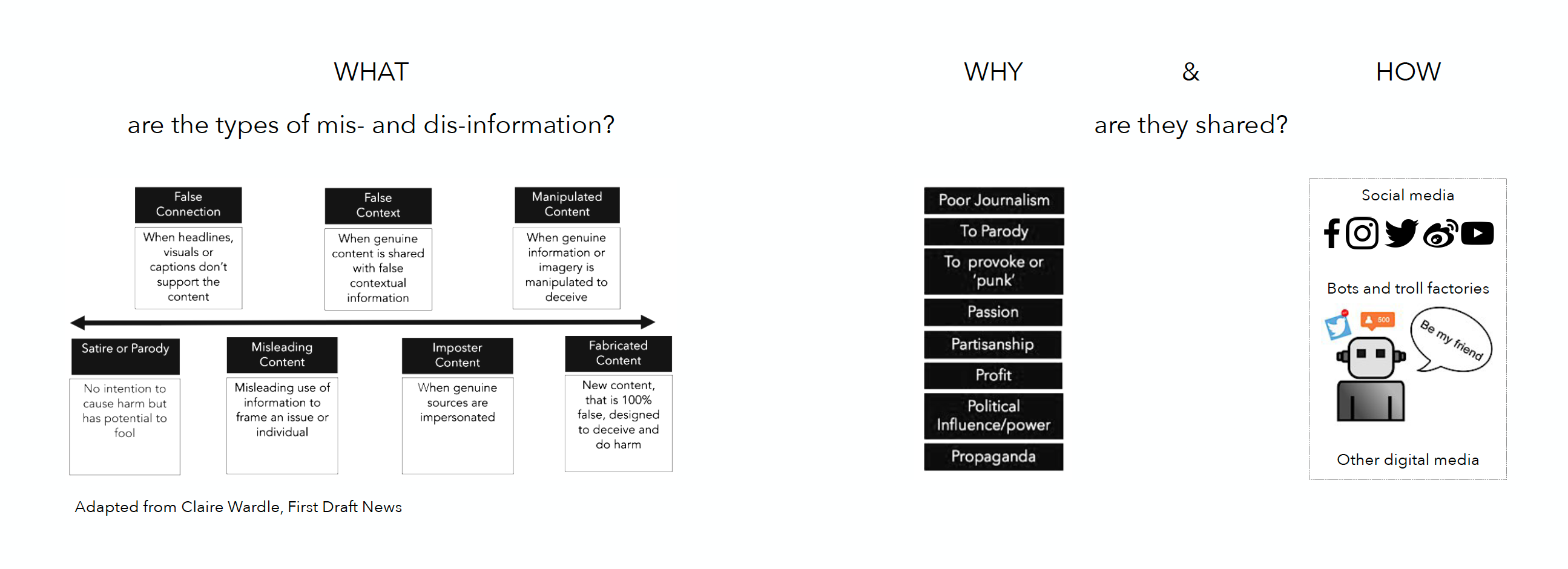Header image from Scientific American.
The past was erased, the erasure was forgotten, the lie became the truth.
— George Orwell, 1984
I currently am a PhD student at Queen’s University Belfast, researching the automatic detection of ‘fake news’ using machine learning. In this post, I summarise what my research is about.
It’s fake, it’s real.
Though people generally refer to falsity as ‘fake news,’ there are several different types of false or manipulated information. These are collectively called Information Disorder in some academic research.
Information that is produced or falsified, to deliberately manipulate, deceive or mislead is known as disinformation. On the other hand, incorrect information that is shared without malicious intent (but which could be perceived by the reader as true) is called misinformation.

Claire Wardle has categorised mis- and disinformation into an ecosystem consisting of seven main groups. The groups are based on three criteria:
- type of information created and shared (what?)
- motivation behind the creation of the content (why?)
- how it is disseminated (how?)
Detecting ‘fake news’
The detection and correction of information disorders usually involve fact-checking. This can be done by expert journalists, or yourself and me. However, it can be time-consuming and expensive. Thankfully, it can be detected computationally, and that’s what my research is about.
I am working towards building an unsupervised machine learning method for detecting ‘fake news’. Current ML methods for detecting fake news typically rely on data gathered from past events, which has been carefully labelled (e.g., fake or real). Such methods use supervised ML and can be very effective. However, labelling large datasets requires a lot of time and effort. Also, in the realm of fake news things (e.g., strategies of bad actors) can change very quickly. Therefore, crafting a method that does not depend upon copious labelled data is imperative.
Resources
The following resources are for the general reader with an interest in fake news detection. For more technical resources, please see this repository I am curating.
Books
- Death of Truth: notes on falsehood in the age of trump, Michiko Kakutani >
- Post-truth: how bullshit conquered the world, James Ball >
- The Literature of Fact, Angus Fletcher >
- The News: A User's Manual, Alain de Botton >
Podcasts and interviews
- On soundcloud
- Zia Haider Rahman on the Reliability of Information, and Mapping the World’s Elites info + transcript
Videos
Interested?
Are you interested in collaborating or learning more about my research? If you are, why don't we have a chat?
